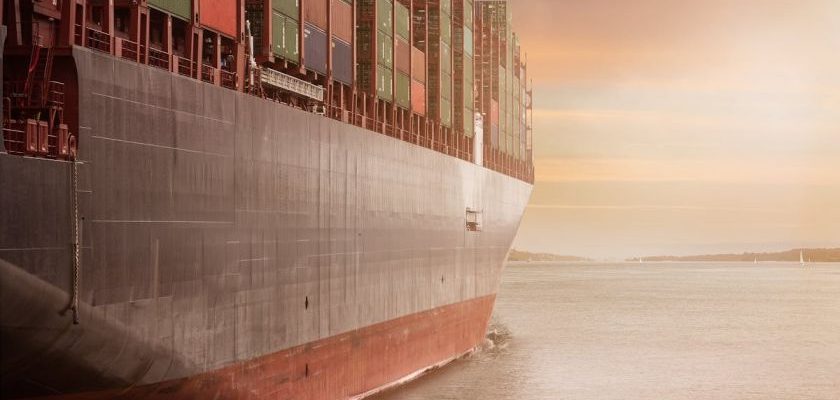As our world continues to face the challenges of environmental degradation, the need for effective containment systems to prevent contamination has become increasingly crucial. Whether it be in industrial settings, agricultural practices, or waste management facilities, the implementation of proper containment measures plays a vital role in safeguarding our ecosystems and public health. In this article, we will delve into the significance of containment systems and how they can help mitigate environmental contamination.
**The Importance of Containment Systems**
Containment systems serve as a crucial line of defense against the spread of pollutants and harmful substances into the environment. By creating physical barriers that prevent contaminants from escaping their designated areas, these systems help in minimizing the risk of soil, water, and air pollution. Whether it is through the use of impermeable liners, berms, or enclosures, containment systems are designed to confine hazardous materials and prevent them from seeping into the surrounding environment.
**Preventing Soil Contamination**
One of the primary functions of containment systems is to prevent soil contamination. In industrial settings where hazardous chemicals are used or stored, the risk of soil pollution is significant. Containment systems such as lined storage tanks or secondary containment structures provide a safeguard against leaks and spills that could result in soil contamination. By effectively containing these substances, the likelihood of soil degradation and the spread of pollutants is greatly reduced.
**Safeguarding Water Quality**
Contaminants that enter water bodies can have detrimental effects on aquatic ecosystems and human health. Containment systems play a crucial role in safeguarding water quality by preventing the discharge of pollutants into rivers, lakes, and groundwater sources. Through the use of containment ponds, spill berms, and impermeable liners, these systems help in containing hazardous substances and preventing them from contaminating water resources.
**Mitigating Air Pollution**
In addition to soil and water contamination, containment systems also play a role in mitigating air pollution. In facilities where airborne pollutants are generated, such as industrial plants or waste management sites, containment measures such as enclosures and air filtration systems help in trapping and reducing the release of harmful emissions into the atmosphere. By containing these pollutants, the impact on air quality and public health is minimized.
**Conclusion: Enhancing Environmental Protection Through Containment Systems**
In conclusion, containment systems are essential tools in the fight against environmental contamination. By effectively confining hazardous materials and preventing their escape into the environment, these systems play a crucial role in safeguarding ecosystems, water resources, and air quality. As we continue to prioritize environmental protection, the implementation of robust containment measures will be key in ensuring a sustainable and healthy future for our planet.

